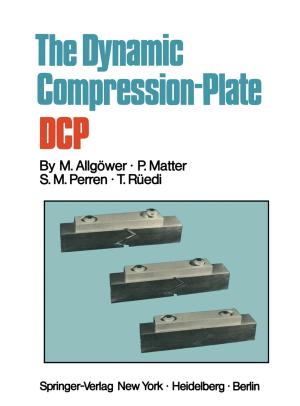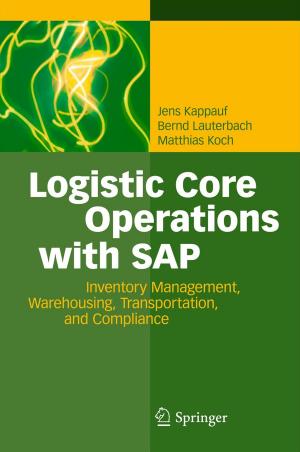Clusters in Nuclei, Vol.2
Nonfiction, Science & Nature, Science, Physics, Nuclear Physics, Biological Sciences, Molecular Physics| Author: | ISBN: | 9783642247071 | |
| Publisher: | Springer Berlin Heidelberg | Publication: | February 15, 2012 |
| Imprint: | Springer | Language: | English |
| Author: | |
| ISBN: | 9783642247071 |
| Publisher: | Springer Berlin Heidelberg |
| Publication: | February 15, 2012 |
| Imprint: | Springer |
| Language: | English |
Following the pioneering discovery of alpha clustering and of molecular resonances, the field of nuclear clustering is today one of those domains of heavy-ion nuclear physics that faces the greatest challenges, yet also contains the greatest opportunities.
After many summer schools and workshops, in particular over the last decade, the community of nuclear molecular physicists has decided to collaborate in producing a comprehensive collection of lectures and tutorial reviews covering the field.
This second volume follows the successful Lect. Notes Phys. 818 (Vol.1), and comprises six extensive lectures covering the following topics:
Microscopic cluster models
Neutron halo and break-up reactions
Break-up reaction models for two- and three-cluster projectiles
Clustering effects within the di-nuclear model
Nuclear alpha-particle condensates
Clusters in nuclei: experimental perspectives
By promoting new ideas and developments while retaining a pedagogical style of presentation throughout, these lectures will serve as both a reference and an advanced teaching manual for future courses and schools in the fields of nuclear physics and nuclear astrophysics.
Following the pioneering discovery of alpha clustering and of molecular resonances, the field of nuclear clustering is today one of those domains of heavy-ion nuclear physics that faces the greatest challenges, yet also contains the greatest opportunities.
After many summer schools and workshops, in particular over the last decade, the community of nuclear molecular physicists has decided to collaborate in producing a comprehensive collection of lectures and tutorial reviews covering the field.
This second volume follows the successful Lect. Notes Phys. 818 (Vol.1), and comprises six extensive lectures covering the following topics:
Microscopic cluster models
Neutron halo and break-up reactions
Break-up reaction models for two- and three-cluster projectiles
Clustering effects within the di-nuclear model
Nuclear alpha-particle condensates
Clusters in nuclei: experimental perspectives
By promoting new ideas and developments while retaining a pedagogical style of presentation throughout, these lectures will serve as both a reference and an advanced teaching manual for future courses and schools in the fields of nuclear physics and nuclear astrophysics.















